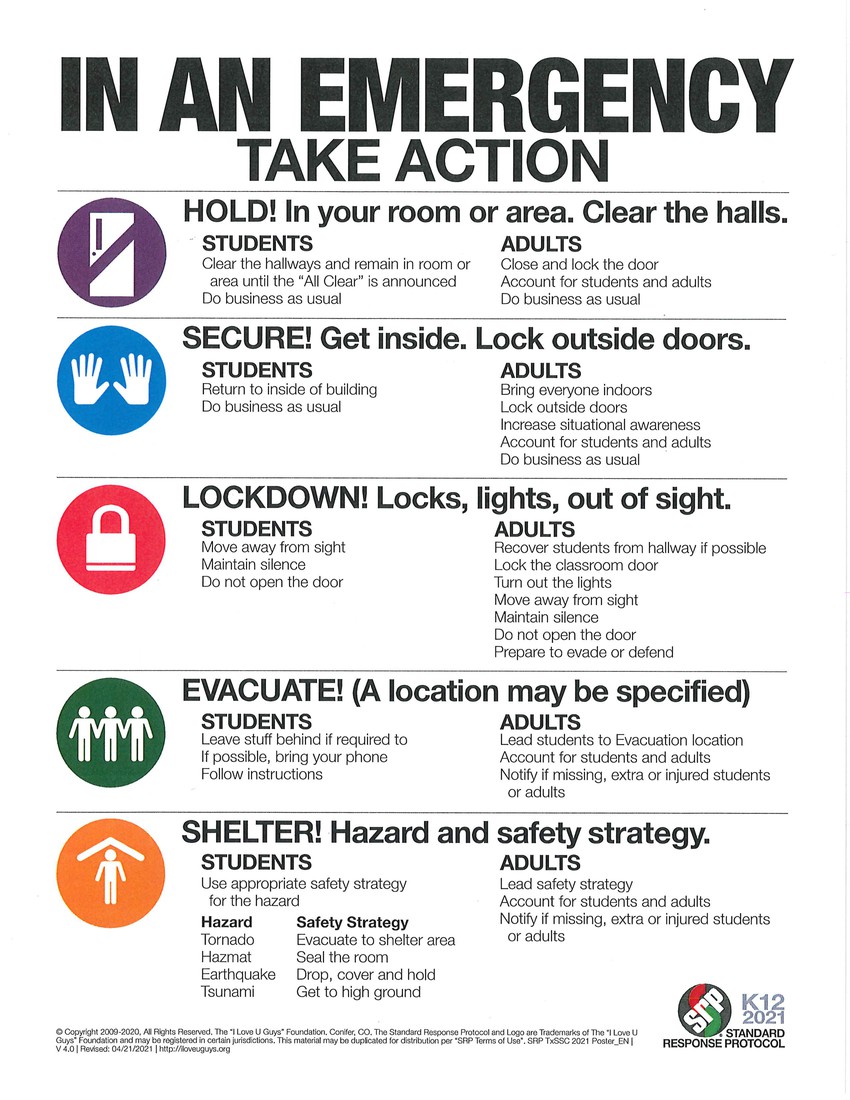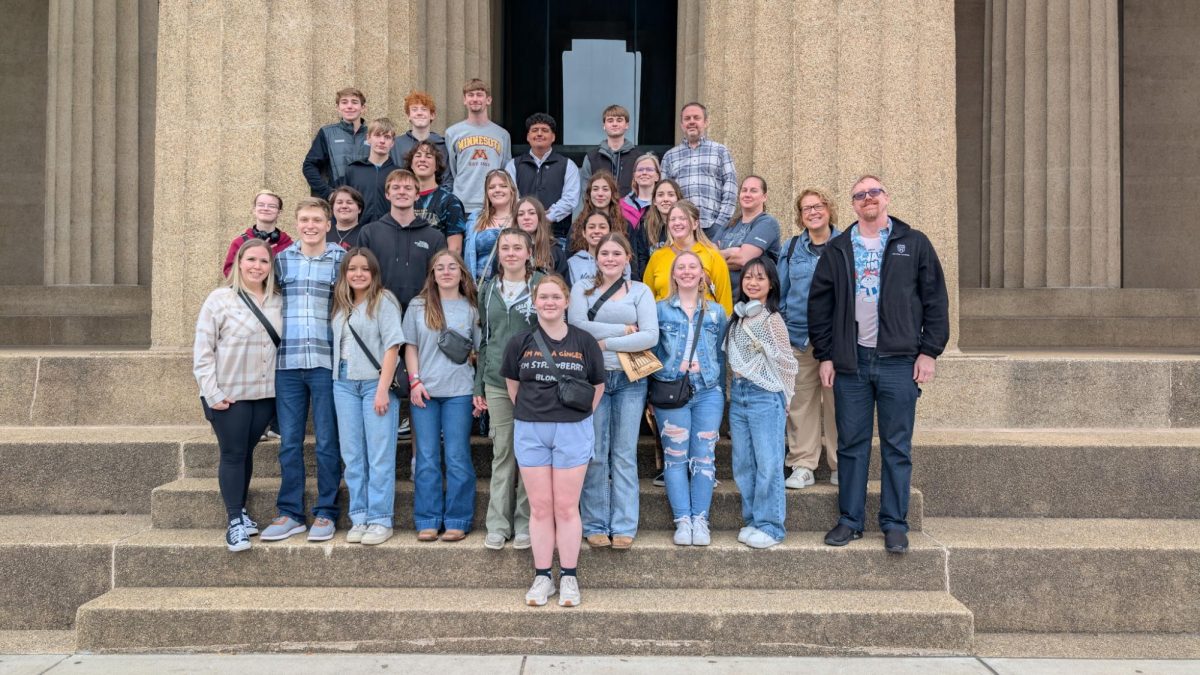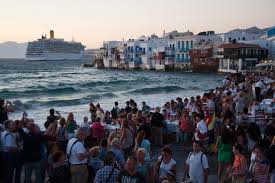In the past few years, we’ve seen a rise in the number of anti-tourism movements and protests. The most recent notable protests were in Barcelona, Spain. Reports said that protesters were throwing things at tourists, spraying them with water, setting off fireworks, etc… Taking their frustration out on tourists is irresponsible and rude, but we can understand their motivations and some are even valid.
One of the biggest problems being brought up is housing and cost of living. Local residents are being priced out of their homes and communities which is also creating a housing shortage. If buying a house isn’t an option, rental homes are available. Except long-term rentals are being converted into short-term rentals like Airbnb. This issue seems to be the priority issue the Spanish government is tackling.
“The methods they’re taking are varied—levying tourist taxes, restricting access by location and time, refocusing on sustainability and imposing far stricter regulations on tourist behavior,” said Duncan Madden in his article “These Countries Are Taking Extreme Action To Tackle Overtourism”. “The impact they will have, only time will show. But if they don’t work, expect ever more extreme measures.”
Tourism not only has an impact on the economy but on the environment as well. Hawai’i is one of the best examples because of its fragile environment.
Tourists when traveling to Hawai’i have to go through special customs to make sure that they aren’t bringing anything that could have a negative impact on native plants and wildlife. These special check points specifically look at plants and food that are being brought to and from the island. Things going into the island must be looked at for pests, diseases and soil and even the type of food or plant brought in. Due to the climate being so unique, it also makes the area more susceptible to invasive species and the impacts of climate change.
“Since the annexation of the Kingdom of Hawai’i by the United States in 1898, tourism has grown significantly and perpetuated non-Hawaiians’ abuse of Hawaiian land,” said Nicole Pouy in her article “Rethinking Tourism in the Wake of West Maui’s Wildfires”. “Tourism heightens issues such as homelessness, lack of access to clean water, pollution, and the destruction of Hawaiian culture and environments,”
Tourism regions aren’t just protecting the environment but people too. Safety is a factor that many of the protesters are directing attention to. Take the city of Amsterdam, it is one of the most visited cities in Europe because of its famous red light district, but due to the illicit nature of the tourist-centric district they have had to take precautions to keep the city safe enough for residents. In 2023, they implemented their “stay-away” campaign which targeted men from the United Kingdom between the ages of 18-35 with digital ads. The use of alcohol, drugs and sex is what the campaign hoped to slow down by putting up billboards with images of local residents with text reading “We Live Here”.
Though tourism can be a nuisance to locals it is often a major economic pillar for these cities. Take Hawai’i again, in August of 2023 wildfires broke out in Maui. At that time, it was discouraged to visit the island by the government and the people who lived there. Forty percent of Hawai’i’s GDP is generated from tourism,and the state lost 13 million dollars per day when the island was shut down. This caused the island to reopen just two months after the most deadly fire in United States history.
The truth is that an economy that relies on just one thing, like tourism, is not a stable one and overtourism is not the answer. The concerns of locals in these places are valid but the violence of the protests is not. This is why those who travel must be mindful of where they’re going, and if they’re wanted in these places. Your vacation is someone else’s home.

![“This [photo] is basically the same area,” said science teacher Todd Mikkelsen. “So that [the cover photo] was my photo at dusk. Here it is at night time and there’s something jetting up out of the ground. So it’s the same location, different dates, two different cameras picked up an anomaly in the same region.”](https://www.ahlahasa.com/wp-content/uploads/2025/09/Ghost-Cover-1200x901.png)






















